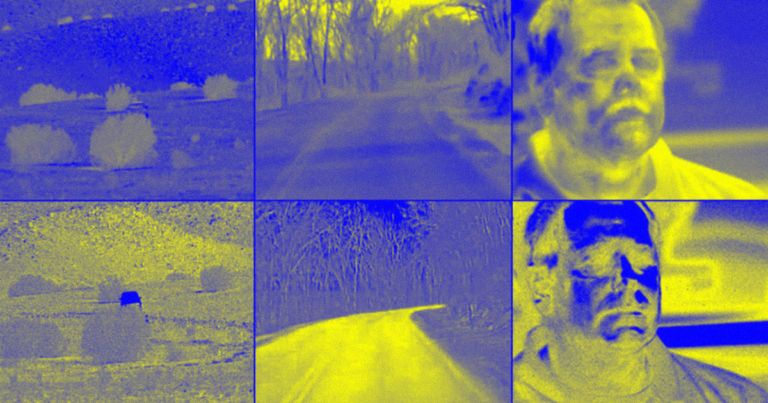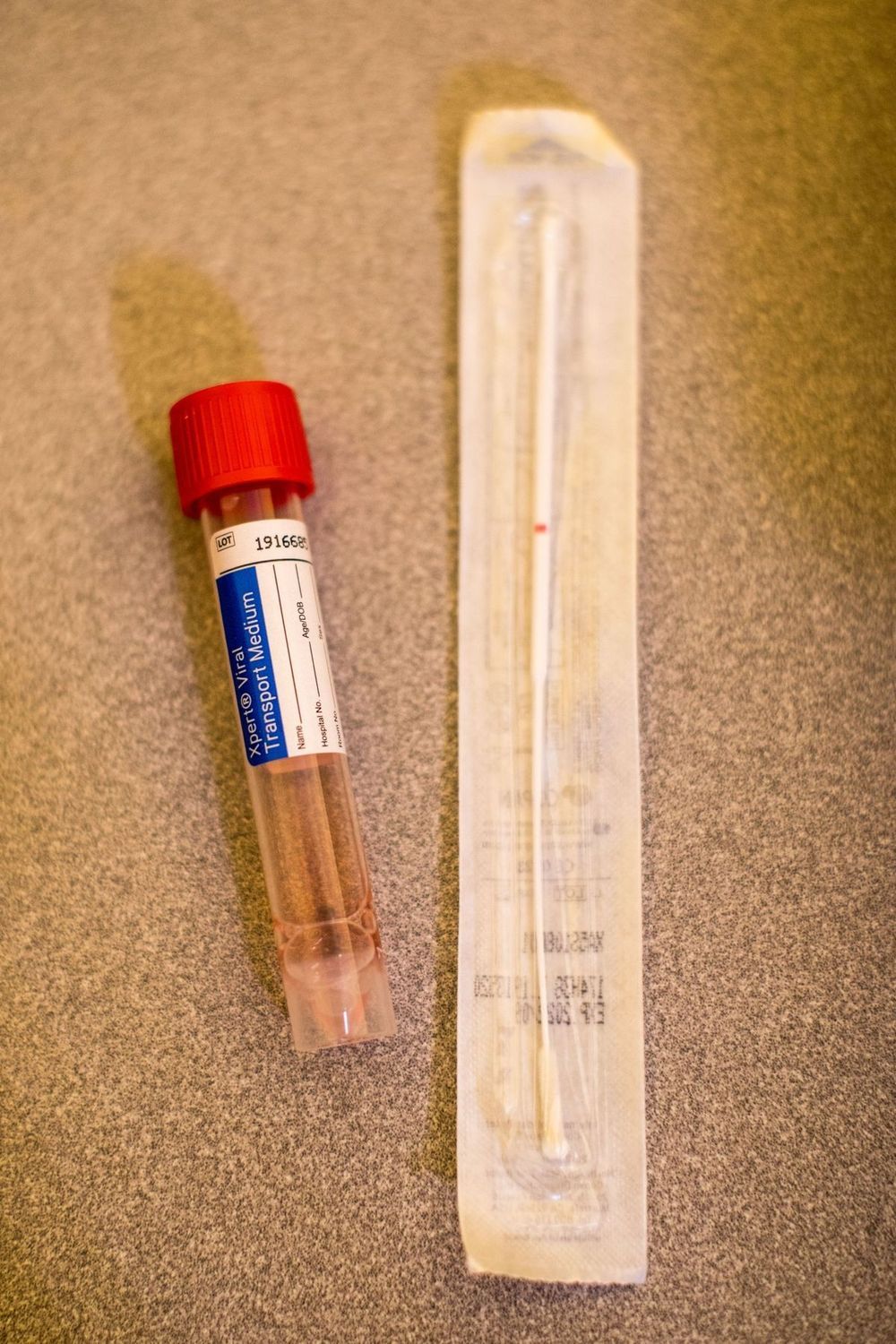Mar 22, 2020
Army Developing Tech to ID Terrorists in the Dark From .5 KM Away
Posted by Omuterema Akhahenda in categories: government, military, robotics/AI, terrorism
The super-charged face scanning tech is costing the military at least $4.3 million.
The United States Army is currently building a super-charged facial recognition system — tech that could be ready for action as soon as next year.
The system, as described in a new One Zero story, analyzes infrared images of a person’s face to see if they’re a match for anyone on a government watchlist, such as a known terrorist. Not only will the finished system reportedly work in the dark, through car windshields, and even in less-than-clear weather conditions — but it’ll also be able to ID individuals from up to 500 meters away.
Continue reading “Army Developing Tech to ID Terrorists in the Dark From .5 KM Away” »

















